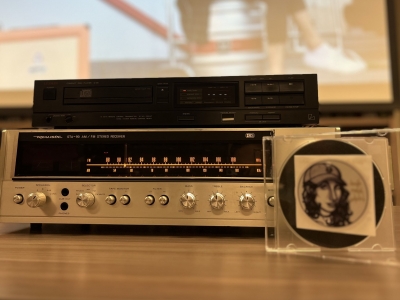History is written by the victors, and the history of cultural industries is typically written from the perspective of the best and most influential examples of the form. But what would that history look like if it was written from the perspective of the ordinary, unremarkable, and forgettable works that are actually typify the output of a cultural field?
 Benjamin Woo, Assistant Professor in the School of Journalism and Communication, is part of a team of researchers, including principal investigator Bart Beaty and Nick Sousanis, both based at the University of Calgary, recently awarded a SSHRC Insight Grant to conduct a content analysis of the output of the American comic book industry from 1934 to 2014. The project grows out of work Beaty and Woo have previously done together in their book The Greatest Comic Book of All Time: Symbolic Capital in the Field of American Comics (forthcoming from Palgrave Macmillan).
Benjamin Woo, Assistant Professor in the School of Journalism and Communication, is part of a team of researchers, including principal investigator Bart Beaty and Nick Sousanis, both based at the University of Calgary, recently awarded a SSHRC Insight Grant to conduct a content analysis of the output of the American comic book industry from 1934 to 2014. The project grows out of work Beaty and Woo have previously done together in their book The Greatest Comic Book of All Time: Symbolic Capital in the Field of American Comics (forthcoming from Palgrave Macmillan).
Rather than looking at comic books and graphic novels that have been already consecrated by fans, critics and scholars, they will randomly sample approximately 4,000 comics and analyze their material and formal properties, such as story length, page composition, wordiness, and number of advertisement, with the goal of modelling the typical comic book and how it changed over time. “We’re honestly not sure what we’re going to find, but we’re pretty sure everything we know about the history of American comics is wrong,” said Woo.
Woo is already supervising a team of four research assistants working to prepare the sample for the study. “It’s a very labour-intensive project,” he added, “so it really wouldn’t be possible for us to go forward without the support of this grant.”
The team also intends to blog about the process and their findings online at What Were Comics?
Photo Credits
- Comic banner photo © Sam Howzit, released under a CC BY 2.0 licence
- Photo of Professor Benjamin Woo by Leo Solano
Thursday, November 26, 2015 in Communication News, News, Research
Share: Twitter, Facebook



